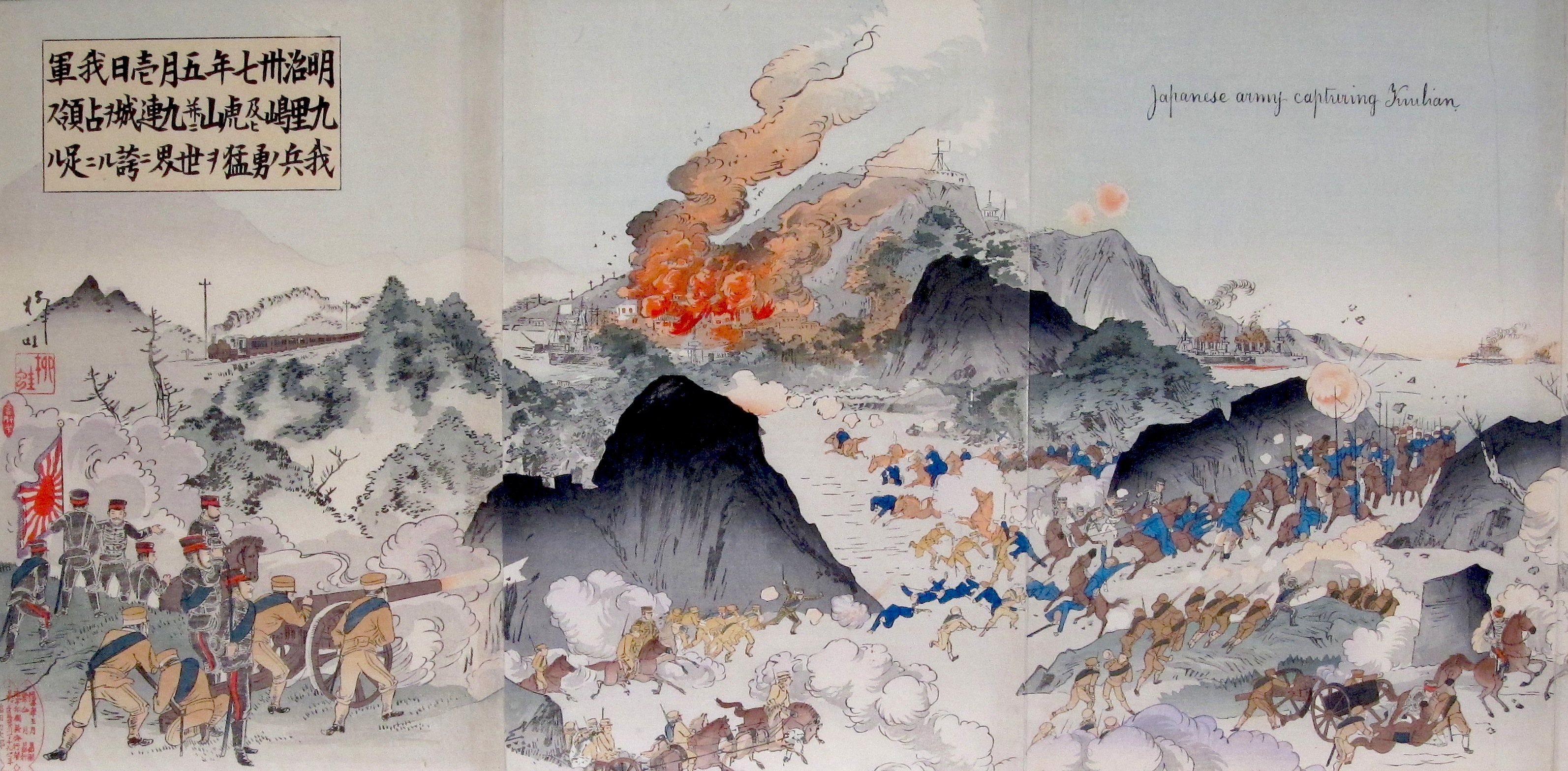
In the wake of the United Nations (UN) forces’ successful landing at Inchon and the subsequent destruction of the Korean People’s Army (KPA) by mid-1950, the Eighth United States Army crossed the 38th parallel and advanced rapidly towards the Sino-Korean border. “Well, if they go fast enough, maybe some of them can be home by Christmas.” In the aftermath of the battle, the US Eighth Army’s heavy losses forced all UN forces to evacuate North Korea and to withdraw to the 38th parallel. In the subsequent battles and withdrawals during the period of November 26 to December 2, 1950, although the US Eighth Army managed to avoid being surrounded by Chinese forces, the Chinese 13th Army were still able to inflict heavy losses onto the retreating UN forces which had lost all cohesion. Hoping to repeat the success of the earlier First Phase Campaign, the Chinese 13th Army first launched a series of surprise attacks along the Ch’ongch’on River Valley on the night of November 25, 1950, effectively destroying the Eighth United States Army’s right flank while allowing Chinese forces to move rapidly into UN rear areas. Anticipating this reaction, the Chinese People’s Volunteer Army Commander Peng Dehuai planned a counteroffensive, dubbed the “Second Phase Campaign”, against the advancing UN forces. In response to the successful Chinese First Phase Campaign against the United Nations forces, General Douglas MacArthur launched the Home-by-Christmas Offensive to evict the Chinese forces from Korea and to end the war. The main thing about whatever rules are used is they must make allowances for quick firing guns, which in the real battle were the key to Japanese success.The Battle of the Ch’ongch’on River, also known as the Battle of the Ch’ongch’on or the Second Phase Campaign Western Sector (Chinese: 第二次战役西线 pinyin: Dì Èr Cì Zhàn Yì Xī Xiàn), was a decisive battle in the Korean War, and it took place from November 25 to December 2, 1950, along the Ch’ongch’on River Valley in the northwestern part of North Korea. However, if the Chinese ships are deployed in line ahead they stand at least half a chance.Yes, you are halving the power of the two battleships, but the formation is less likely to dissolve into chaos. I have fought this battle many times, and in my experience if the Chinese player follows the historic doctrine of the time,Line abreast with intention to ram, he will surely lose. Attila if you can direct me to anything conclusive I would greatly appreciate it.I know I first read about it in Wilson´s great book, and then I think it must have been picked up by other authors over the years, but I would like to see something that is more contemporary to support Wilson´s claim.

There was a lot of blame being passed around at that time but there was never (at least that I have seen) any concrete proof that it was true. I am not so sure the stories about concrete filled shells are really true.


 0 kommentar(er)
0 kommentar(er)
